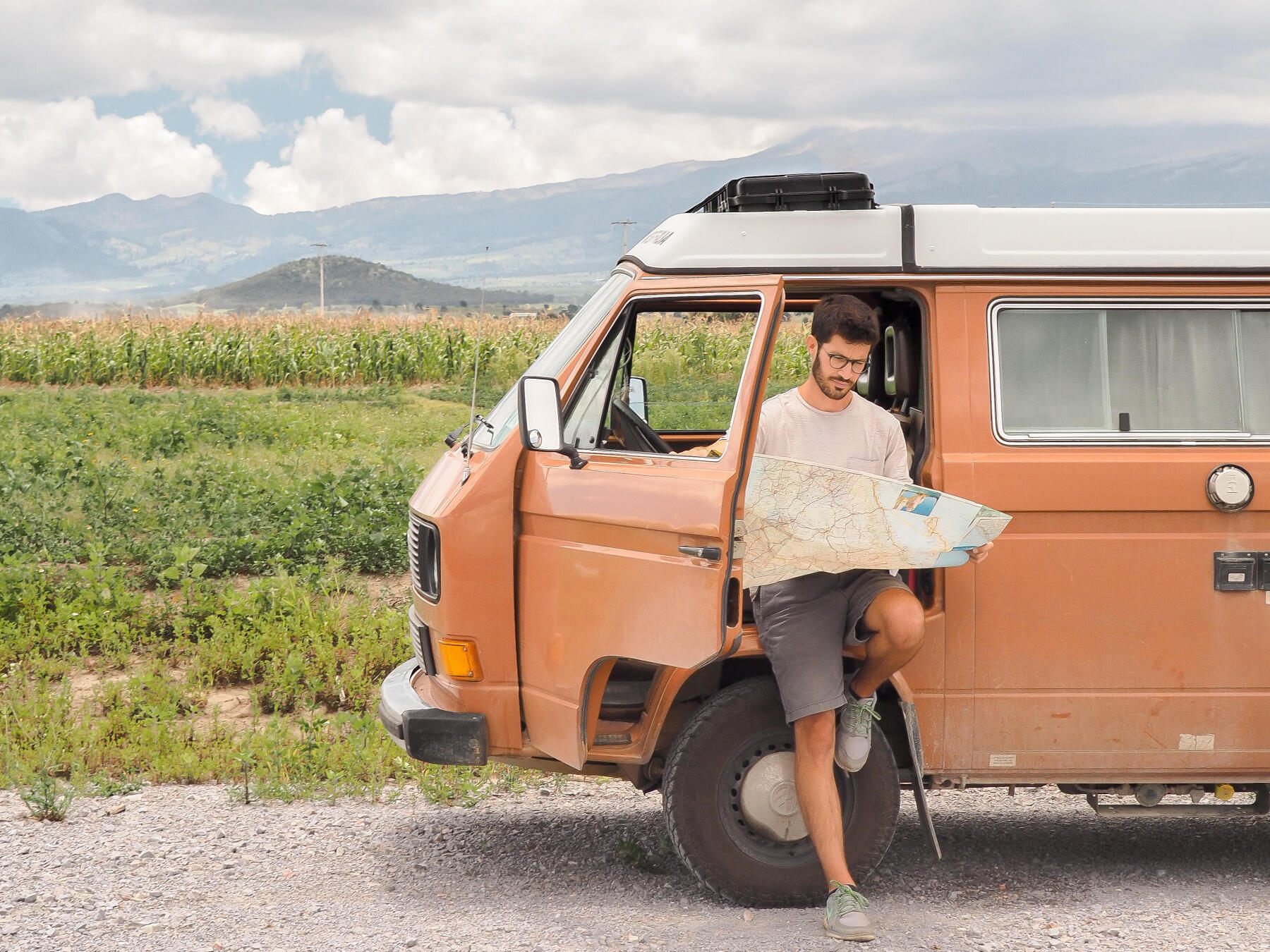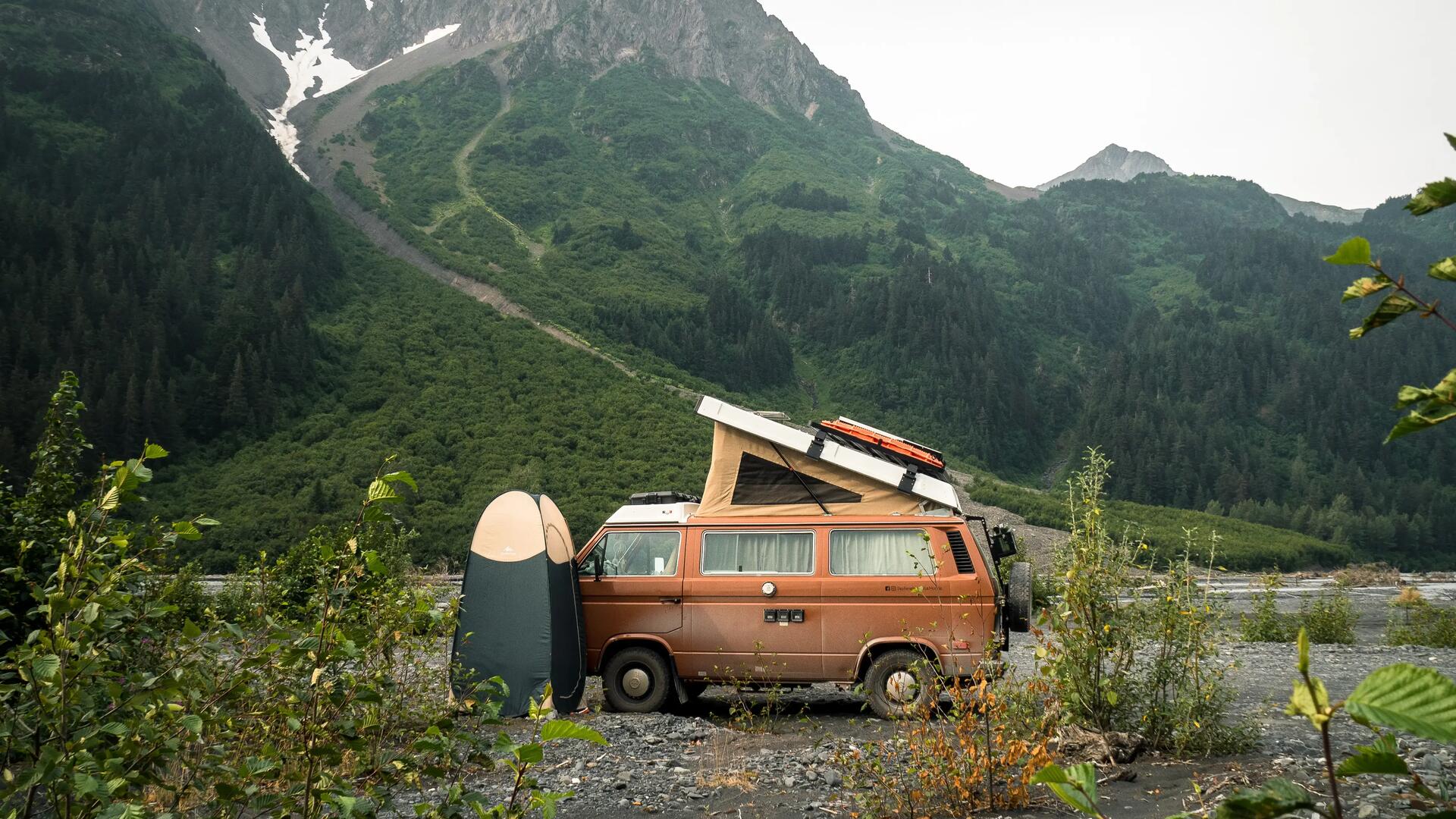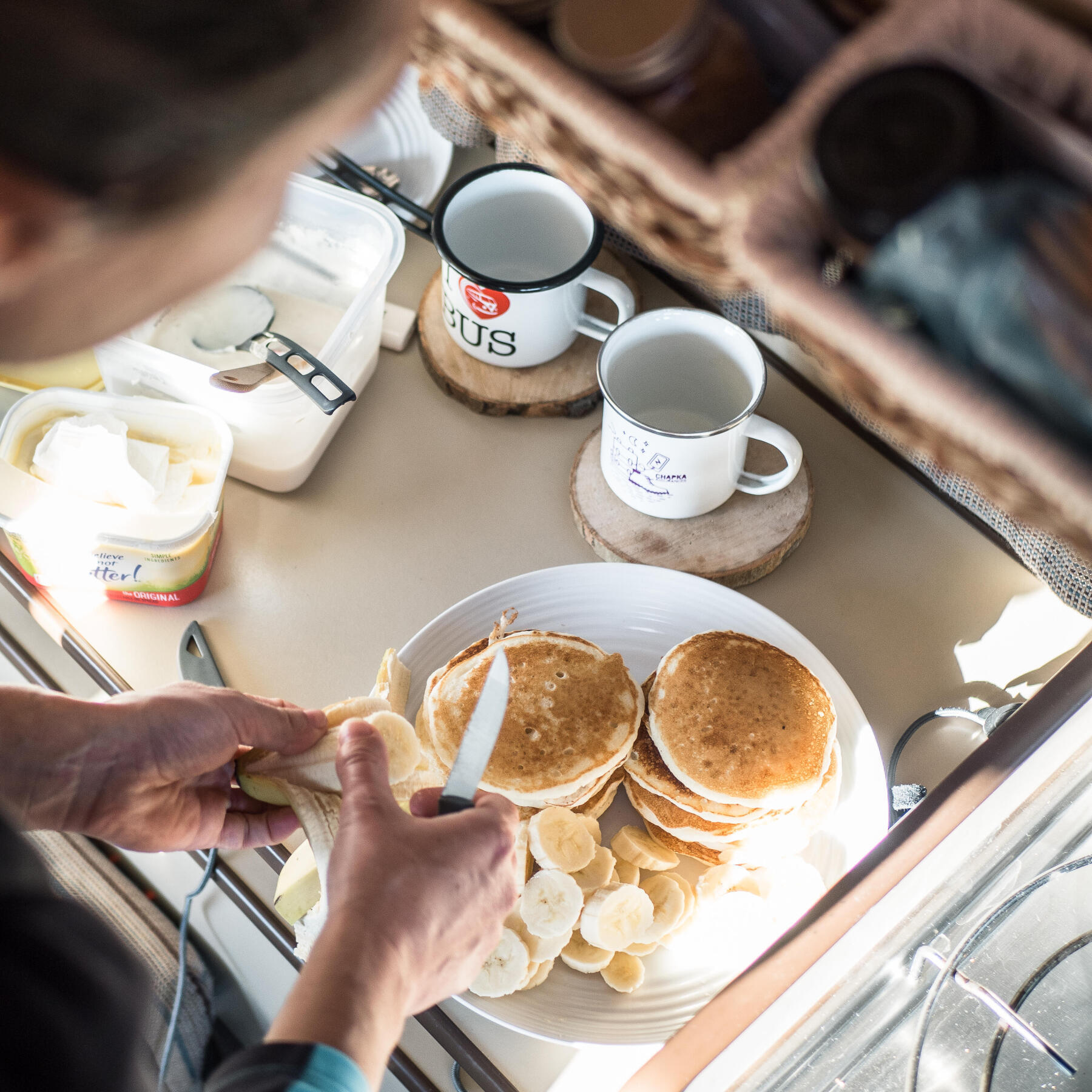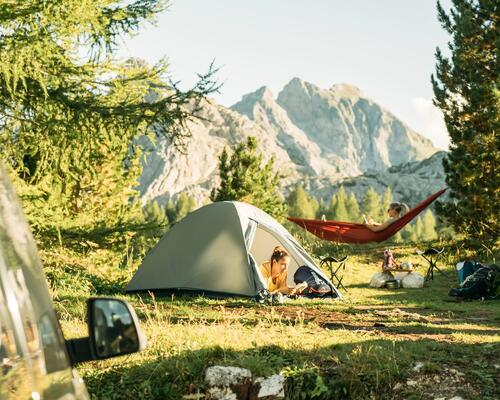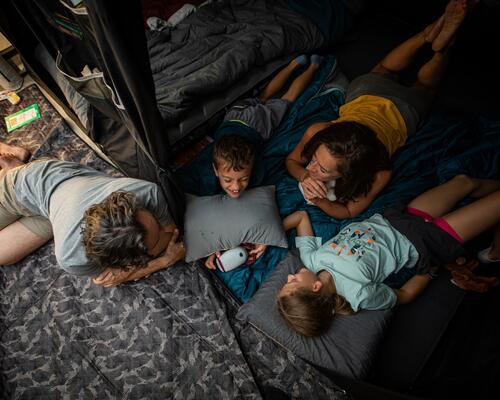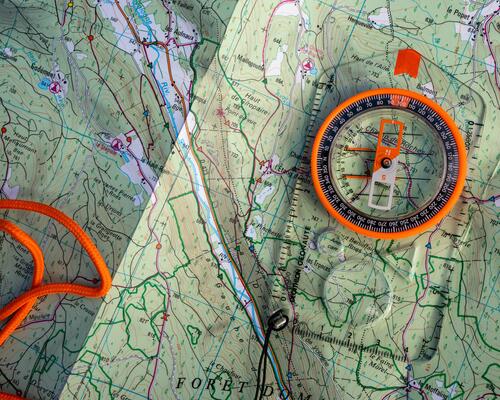How to plan a road trip
You may have a strong spirit of adventure and welcome the unknown with open arms, but it’s still a good idea to plan ahead. Obviously, a weekend along the St. Lawrence River won’t require the same amount of preparation as a month-long journey through Yukon’s backcountry. It’s up to you to decide what’s necessary for each trip.
It’s important to set a budget, choose the right vehicle for your needs, and research the route, local attractions, and the sights you don’t want to miss. This initial prep will help you plan other aspects of your trip, like which activities and sports you can do along the way.
To start planning your getaway, consider these three main things:
- Budget
- Vehicle organization
- Equipment

